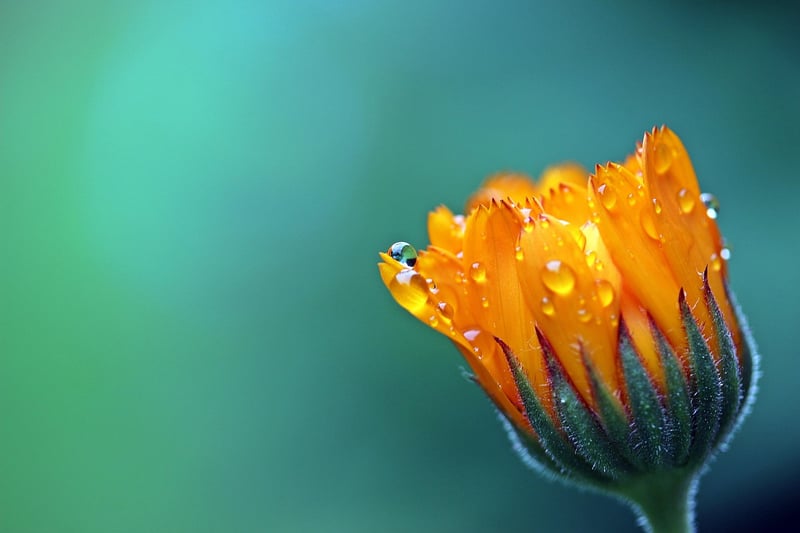Companion Planting
Protecting Your Garden with Companion Planting
Are you looking for natural ways to protect your garden from pests while promoting plant growth? Companion planting might be the solution you need. By strategically planting certain species together, you can create a harmonious environment that deters pests, attracts beneficial insects, and enhances overall garden health.
What is Companion Planting?
Companion planting is the practice of growing different plants together to achieve specific benefits. These benefits can include pest control, pollination, maximizing space, and improving flavor in vegetables and herbs. By carefully selecting which plants to grow side by side, you can create a mutually beneficial ecosystem in your garden.
Common Companion Planting Combinations
- Tomatoes and Basil: Planting basil near tomatoes can help improve the tomatoes' flavor and repel pests like aphids and hornworms.
- Marigolds and Vegetables: Marigolds are known to deter nematodes and other garden pests when planted near vegetables like tomatoes, peppers, and eggplants.
- Cucumbers and Nasturtiums: Nasturtiums can repel cucumber beetles and attract predatory insects that feed on garden pests.
- Beans and Corn: Growing beans near corn can provide natural trellising for the beans while the beans fix nitrogen in the soil, benefiting the corn.
Benefits of Companion Planting
Companion planting offers a range of benefits for your garden, including:
- Enhanced pest control without the need for harmful pesticides
- Improved pollination for better fruit and vegetable production
- Increased biodiversity, which can lead to a more resilient garden ecosystem
- Maximized use of garden space through plant interactions
- Enhanced soil health through nitrogen fixation and nutrient cycling
Get Started with Companion Planting
Ready to give companion planting a try in your garden? Start by researching which plants work well together and which combinations can benefit your specific garden layout and goals. Experiment with different pairings to see what works best in your unique environment.
Remember, companion planting is just one tool in your gardening arsenal. Combine it with other sustainable practices like mulching, crop rotation, and organic fertilization for a healthy and thriving garden.
Protect your garden naturally and enjoy the rewards of a biodiverse and harmonious growing space with companion planting!


